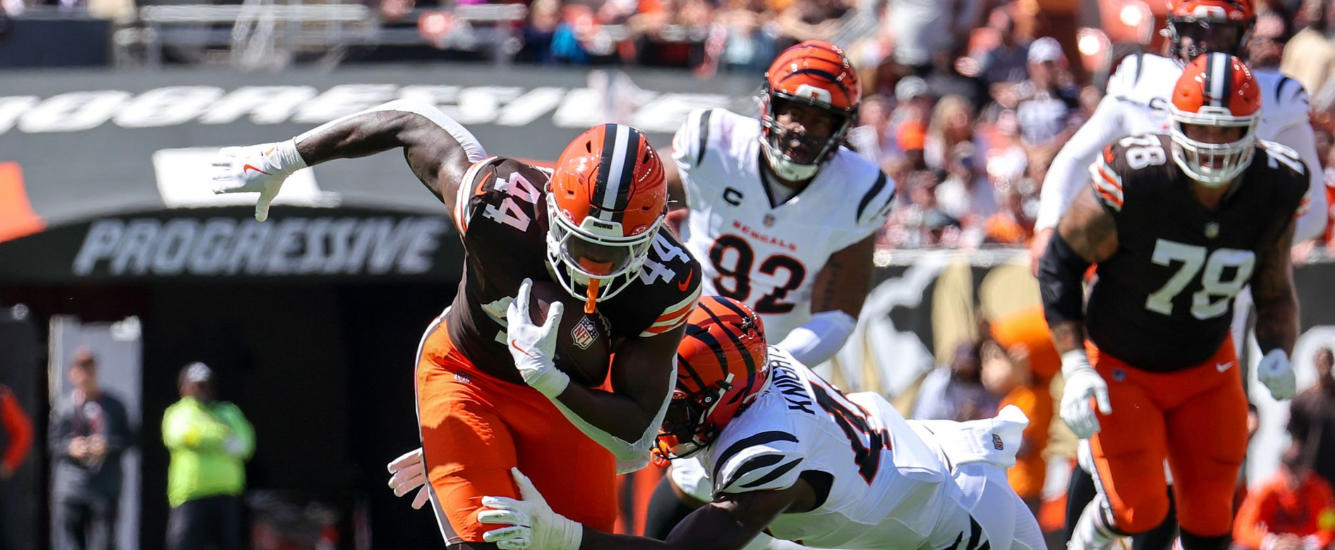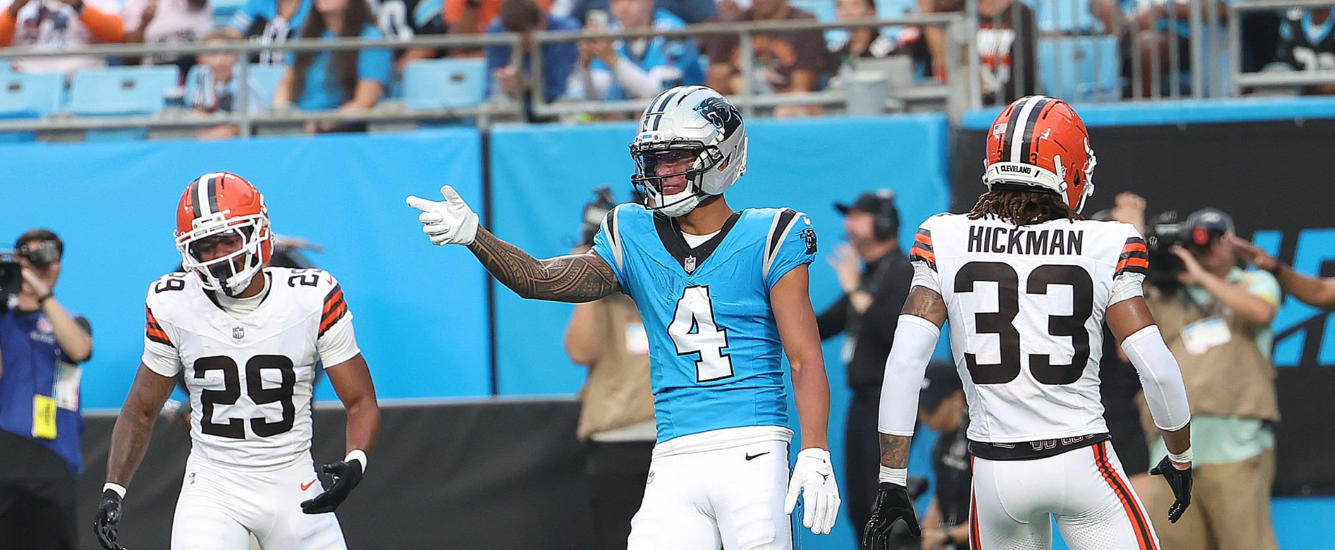Blair Andrews uses the RotoViz tools and signature metrics such as expected points and game-level similarity projections to find underutilized but high-upside stacks for the Christmas Eve slate on DraftKings.
I’m filling in for Michael Hitchcock this week. If you’ve been reading Michael’s work this season, you know that he’s been on fire in small-field DraftKings tournaments. And that’s no fluke. Michael strategically picks his contests to maximize his chances of actually taking down the tournament and routinely coming out ahead. If you are struggling to turn a profit in DFS, take a closer look at small-field tournaments.
How to Be Consistently Profitable in DFS
While most DFS players are not profitable, the top players win consistently enough to maintain and even grow their bankrolls, even as tournament fields continue to get sharper. There are a lot of factors going on here, but one thing that’s rarely discussed is that the highest buy-in tournaments are (in at least one sense) easier to win. A tournament-winning score at the highest buy-in levels is always lower than the score that wins the Millionaire Maker, often significantly so. The main reason for this is that there are just fewer entries in each tournament at higher buy-ins. A recent tweet from DFS pro Al Zeidenfeld illustrates the point well.
I lost almost $1500 on millionaire maker entries today. pic.twitter.com/5c1DJStBOM
— Al Smizzle (@AlZeidenfeld) December 12, 2022
Al won two small-field tournaments and came out way ahead on the week. But he lost almost half the money he spent on all his Millionaire Maker entries. Results like this are not unusual.
The Advantages of Small-Field Contests
Of course, not all of us have the bankrolls to enter the contests Al is winning. But the good news is that it’s possible (mostly) to replicate this tournament structure at a much lower buy-in. Instead of trying for a win in the big-name, get-rich-quick contests, consider focusing on the smaller-dollar, smaller-field, get-rich-slow contests. Don’t just take my word for it. Notice that the two other contests Al entered besides the Millionaire Maker had only 17 and 43 entrants. Of course, it still takes some luck to win these contests. But why not put yourself in the best position to benefit from luck?
These sorts of contests offer a number of advantages. First, you don’t have to get everything right. This means you can be more aggressive with your game stacks without fear of missing out on the perfect combination. Second, you don’t have to go off the wall with your plays. The other thing to notice about Al’s entry is that he played a lot of chalk — including the most popular game stack — with a few contrarian plays sprinkled in. Only two players in his lineup were on less than 17% of the teams in the smaller contest. Getting just a little contrarian in a few spots is more than enough to ensure you have a unique lineup and enough leverage to take down the contest.
With that in mind, I offer a few of my favorite stacks for Week 16, based on data from the RotoViz tools. First, here are the relevant expected points data and team-level ceilings from the GLSP tool.


















